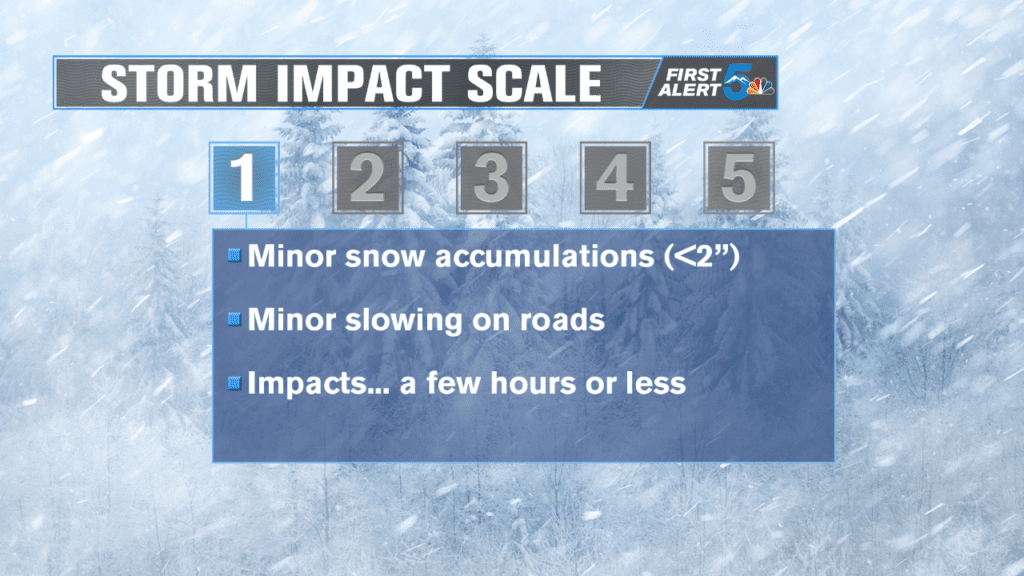After Tuesday’s storm, we received quite a bit of feedback, regarding weather conditions…specifically about “Blizzard conditions.”
After all is said and done, the bottom line will still be, it is imperative that you pay close attention to forecasts and that you heed warnings…because if these forecasts and warnings are not leading to better decisions, then there can be no benefit.

Several things might surprise you about blizzards. One is that “blizzard warnings“are far from uncommon in southeastern Colorado. We are actually a part of the “blizzard corridor”, much like “Tornado Alley”. This corridor runs from southeastern Colorado to Minnesota. More warnings are issued for this region, than any other in the Country.
A Blizzard Warning has absolutely nothing to do with how much snow falls! This is a common misperception. Blizzard warnings are all about wind and visibility. Blizzards must have winds in excess of 35 mph, blowing snow to lower visibility under 1/4 mile, for at least three consecutive hours. Also, whether the snowfall is 1″ or 50″ is irrelevant. The amount of snow has absolutely nothing to do with the warning.
Snow amounts are covered by National Weather Service advisories and weather warnings, and the blizzard warnings are specialized warnings. And, any and all watches/warnings are solely issued by your local National Weather Service Office. No TV station in America can issue a single watch or warning…we simply pass that part on.

In addition, in an attempt to try to “quantify” the effects of particular winter storms, First Alert 5 meteorologists developed the Storm Impact Scale for storms and their effects on human activity. The rating goes from 1 to 5, with 1 being the least impactful. That is the little 1-5 number in our 7-day forecasts. Each number has common sense impacts we would expect, at that level.

It is important to pay attention to forecasts, to heed warnings, and make use of the scale, to make better decisions in their daily lives. We try our best every single day to provide the most accurate, timely, detailed forecasts. Because we are human, we do make errors. That’s part of being human, and it is part of weather that is simply “unpredictable.” That being said, once we send the information out, it’s vital to plan accordingly.

